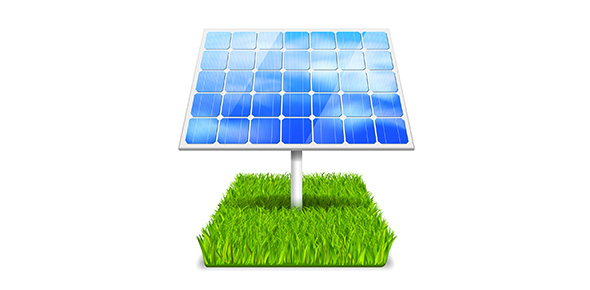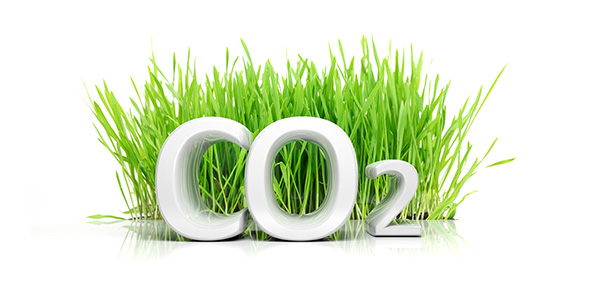Related Flashcards
Related Topics
Cards In This Set
| Front | Back |
|
Which of the following is a cell?
a. chicken egg yolk
b. bacterium
c. sperm
d. nerve
e. all of the above
|
E
|
|
Which phrase best describes the inside of a cell?
a. comprised of protoplasm
b. full of diverse structures
c. basically a vacuum
d. has not yet been thoroughly researched
e. only a & b
|
B
|
|
What is NOT a function of the cell membrane?
a. reproduction
b. separates inside from outside
c. transmits materials outside to inside
d. protection
e. isolation
|
A
|
|
Following Hooke's identification of cells with a microscope, how long was it before scientists accepted the cell as the unit of life?
a. two centuries
b. two decades
c. two years
d. one century
e. Scientists accepted Hooke's discoveries right away.
|
A
|
|
The most sophisticated optical microscopes today can magnify items more than
a. 100 times
b. 1000 times
c. 10,000 times
d. 100,000 times
e. none of the above
|
B
|
|
The hydrophobic ends of a cell membrane's lipid bilayer are
a. pointed to the outside.
b. pointed to the inside.
c. pressed together.
d. in contact with hydrophilic ends of lipids.
e. not in contact with hydrophilic ends of lipids
|
C
|
|
Which pair of organelles transfers energy in the cell?
a. cytoskeleton and nucleus
b. mitochondria and chloroplasts
c. chloroplasts and nucleus
d. cell wall and vacuoles
e. cell membrane and nucleus
|
B
|
|
Which is true of ATP?
a. ATP is a molecule.
b. ATP is an energy carrier.
c. ATP contains sugar.
d. ATP contains phosphorous.
e. all the above
|
E
|
|
In the process of photosynthesis
a. electromagnetic radiation is converted to electric and magnetic energy.
b. electromagnetic radiation is converted to lipids.
c. light energy is metabolized.
d. light energy is converted to atomic energy.
e. light energy is converted to chemical energy.
|
E
|
|
An organelle not found in the cells of animals is
a. Golgi apparatus.
b. chloroplast.
c. ribosome.
d. mitochondrion.
e. nucleus
|
B
|
|
A cell's receptor molecule
a. is usually elliptical in shape.
b. binds to a molecule to facilitate transfer across the cell membrane.
c. cannot be "fooled" into recognizing viruses.
d. is a solid framework of polymers.
e. contains the cell's genetic material.
|
B
|
|
Which one of the following is in all cells?
a. DNA
b. chloroplasts
c. nucleus
d. vacuoles
e. cell wall
|
A
|
|
Which of the following is a stored energy end product of fermentation?
a. glucose
b. alcohol
c. yeast
d. starch
e. lactic acid
|
B
|
|
What is the chief function of the mitochondria?
a. to provide immunity
b. to create energy
c. to transfer energy
d. to stimulate mobility
e. to initiate meiosis
|
B
|
|
Which organelle gives the cell a shape?
a. nucleus
b. mitochondria
c. chloroplasts
d. cytoskeleton
e. all of the above
|
D
|






